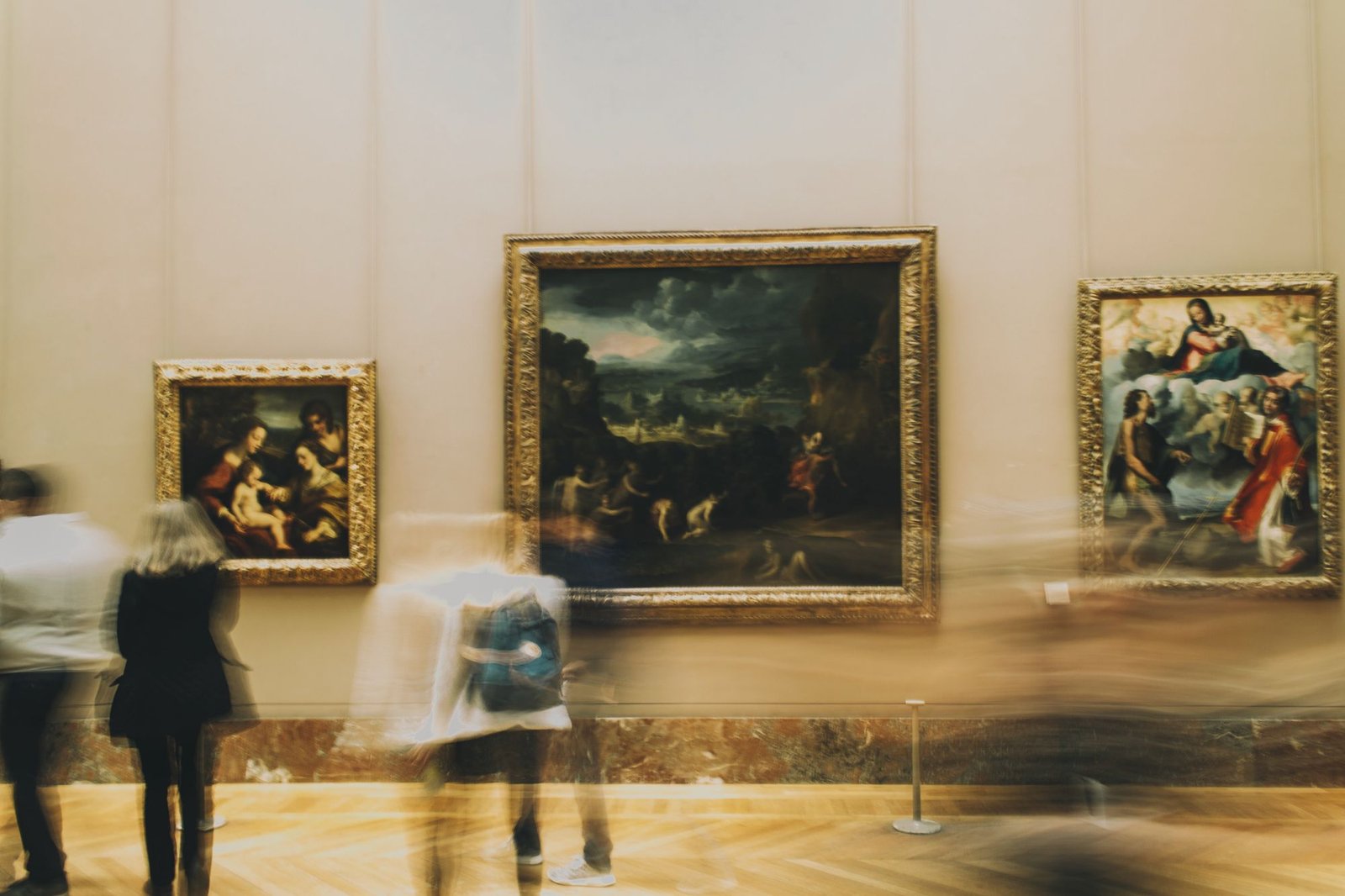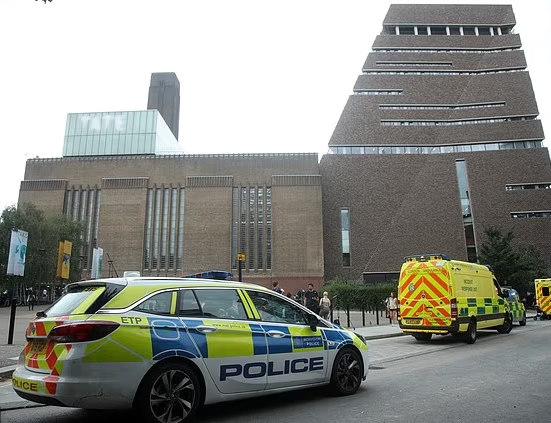You’ve always loved art. And as a financially savvy person, you also know that art can be more than just something beautiful—it’s also one of the biggest investment crazes of the last few years.
You’re not alone. 33% of Millennial investors believe art can be used as an asset to build wealth.
But is art investing a good idea for retirement? Here’s what smart investors should know.
The Basics of Fine Art Investing
When we talk about art investing, we’re almost always talking about blue-chip art.
Named for the most valuable chip on the poker table, blue-chip art is art of high value that is expected to hold steady and or appreciate in value regardless of outside economic conditions. These are typically made by heavyweight names on the scale of Picasso and Koons who have a strong track record at auction, though there are “early blue-chip artists” who are emerging talents showing signs of exponential growth in resale value.
To be clear, the “blue-chip” designation does not refer to a piece’s value to collectors, museums, or even to history. It refers solely to the piece’s selling price. And in case you hadn’t already guessed, the blue-chip designation is reserved for the highest-value artworks on the market—those fetching several millions of dollars.
Why is Art so Expensive?
To put it bluntly, most art isn’t expensive—but the expensive works drive the whole market.
The art market is basically a global consensus machine. Price is driven by quality signals, which is what collectors look for when shopping around. And because everyone is looking at the same signals (to a certain extent), they will eventually agree on which artists have the most quality signals.
In other words, some artists fetch millions per painting because there’s a consensus that they should. And unlike the stock market, which is also a consensus market to some degree, the art world has a scarcity element—there’s only one original of a work, and an artist’s works are not limitless.
Also, the super-rich who purchase artwork are now wealthier than they’ve ever been, which means they have an astonishing amount of money to throw at their hobbies. Take a couple who has a $10 billion net worth and decides to invest 1% in art—that’s $1 billion with which to buy art as they please.
The Unique Appeal of Art Investing
What makes art so appealing to the wealthy (you know, other than the status symbol)? And what about art investing is appealing for art investors without the name Pinault or Gates?
For one thing, the art market has skyrocketed in value. Deloitte estimates that the global value of art weighs in at around $1.7 trillion. And while art market sales went down 22% in 2020 thanks to COVID-19, the total value of art and antiquities sales in 2020 still rang in at $50.1 billion.
Art also carries many of the unique appeals of other alternative investments, namely low stock market correlation. The stock market may rise and fall, but a Van Gogh is still a Van Gogh, and there are still collectors in the world willing to pay for it.
This is part of why blue-chip art has been a value store for high-net-worth individuals for a long time—its value acts as a hedge against inflation.
The Unique Challenges of Art Investing
That said, there are several unique challenges in art investing that you don’t see in any other asset class. Chief among them is the art market itself.
To put it simply, art is unlike any other asset class, and the art market has precious little in common with the stock market. For example, art has a double-sided liquidity problem—buying it is fairly easy, but selling it is hard. In fact, art is largely illiquid except at the blue-chip art level, but even at the blue-chip level, selling is an art and a science. That’s because of the market itself.
Gallerists are highly reluctant to sell a piece they’ve already sold, especially if they have new art by the same artist—they can make more money selling recent works. Top auction houses know they only make a profit on proven names, so they won’t bother with up-and-coming or out-of-favor artists. This means that getting a piece of sell often relies on personal relationships, followed by hefty legal negotiations that bring to light every issue that was overlooked when you bought the piece.
Also, if you think stock prices are opaque, art prices are worse. That’s because the art market is a loosely regulated collection of collectors, gallerists, and museum owners, and in the art market, trading on inside information that would drive value (like a museum exhibition in two years) is just a part of making money and retaining a good customer. Plus, the value of any individual piece is shaped by factors you can’t see—namely, the value of the artist’s other work and the movement of the consensus machine out of your view. The biggest pull here is museum accessions, better known to collectors as the black hole into which art vanishes forever, thus driving up the scarcity of the artist’s remaining works.
The Verdict: Is Art a Good Retirement Investment?
So, is art a good retirement investment?
The short answer: it can be.
The slightly longer answer: it can be, if you’re smart about it.
First of all, you have to go into investing with your eyes wide open. Don’t delude yourself about the challenges of the market—you’ll handicap yourself in the long-run. You have to be prepared to
Second, keep in mind that art will never be the primary investment vehicle in your portfolio. Alternative investments as a whole should make up no more than 10% to 20% of your entire portfolio, while the majority lies with stocks and bonds. It’s a balance, not your entire portfolio.
Third, like any investment, art does not guarantee returns. That’s the challenge of investing—some assets pay off, some don’t. If you’re realistic, you can still find benefit in it.
If you know what you’re getting into, you do your homework, and you find the right tools, you can make art investment work for your portfolio.







